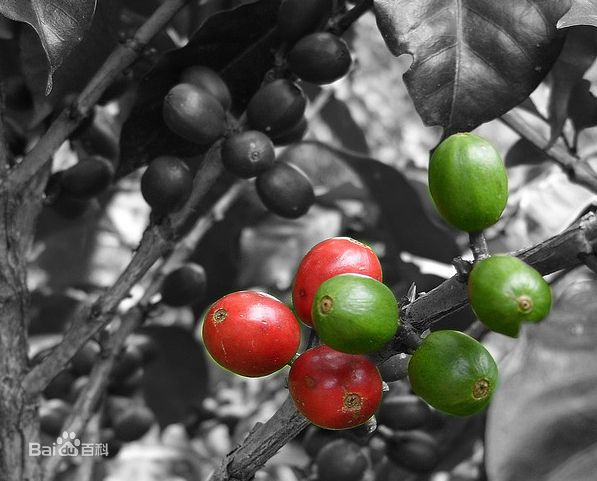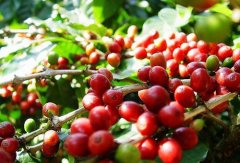Professional coffee terminology how to understand fine coffee
Coffee terminology:
Knowing certain coffee terms not only allows you to accurately express your understanding of coffee, but also makes your customers or friends feel that you are quite expert at coffee and are a coffee glutton.
Flavor [flavor] is the overall impression of aroma, acidity, bitterness, sweetness and mellowness, which can be used to describe the overall feeling of contrast coffee.
Acidity [acidity] is the acidity and strong quality of all coffee grown on the plateau. Unlike bitterness or sour (sour), it has nothing to do with pH, but a refreshing and lively quality that promotes coffee to exert its functions of boosting the mind and clearing the taste.
Body [mellowness] is the taste of coffee on the tongue after drinking the prepared coffee. The change of mellowness can be as light as water to light, medium, high, fat, and even some Indonesian coffee is as thick as syrup.
Aroma [smell] Aroma refers to the smell and aroma emitted by coffee after conditioning. Bouquet is a less commonly used word that specifically refers to the taste of ground coffee powder. Aroma is usually specific and comprehensive. The words used to describe Aroma include: caramel, carbon roasted, chocolate, fruit, grass, malt, rich, rich, spicy and so on.
Bitter bitterness is a basic sense of taste, the sensory area is distributed in the base of the tongue. The bitterness of dark baking is deliberately created, but the most common cause of bitterness is too much coffee powder and too little water. Bitterness is not a consent word for sour.
Bland [light] Coffee grown in lowlands is usually quite light and tasteless. Coffee with insufficient powdered coffee and too much water will have the same light effect.
After brewing Briny [salty] coffee, if it is overheated, it will produce a salty taste. The coffee in some coffee shops has this taste.

Important Notice :
前街咖啡 FrontStreet Coffee has moved to new addredd:
FrontStreet Coffee Address: 315,Donghua East Road,GuangZhou
Tel:020 38364473
- Prev

The origin of coffee: Gabriel. Mathieu. De. Klee's Story single Coffee
The origin of coffee: Gabriel. Mathieu. De. The story of Klee. It's a romantic story. Gabriel, a French naval officer on the island of Matinique, circa 1720 or 1723. Mathieu. De. When Kerry was about to leave Paris, he managed to get some coffee trees and decided to take them back to Martinique.
- Next

Understand the basic knowledge of coffee classification of coffee
Classification of coffee: coffee trees can be roughly divided into five types, of which Arabica and Robusta are more common. Arabica species, which account for more than 70% of the world's total output, are generally grown on slopes above 900 meters above sea level and are mostly found in tropical high-altitude areas such as Central and South America, East Africa, Southeast Asia and Hawaii. Its pleasant aroma and rich taste
Related
- Beginners will see the "Coffee pull flower" guide!
- What is the difference between ice blog purified milk and ordinary milk coffee?
- Why is the Philippines the largest producer of crops in Liberia?
- For coffee extraction, should the fine powder be retained?
- How does extracted espresso fill pressed powder? How much strength does it take to press the powder?
- How to make jasmine cold extract coffee? Is the jasmine + latte good?
- Will this little toy really make the coffee taste better? How does Lily Drip affect coffee extraction?
- Will the action of slapping the filter cup also affect coffee extraction?
- What's the difference between powder-to-water ratio and powder-to-liquid ratio?
- What is the Ethiopian local species? What does it have to do with Heirloom native species?

